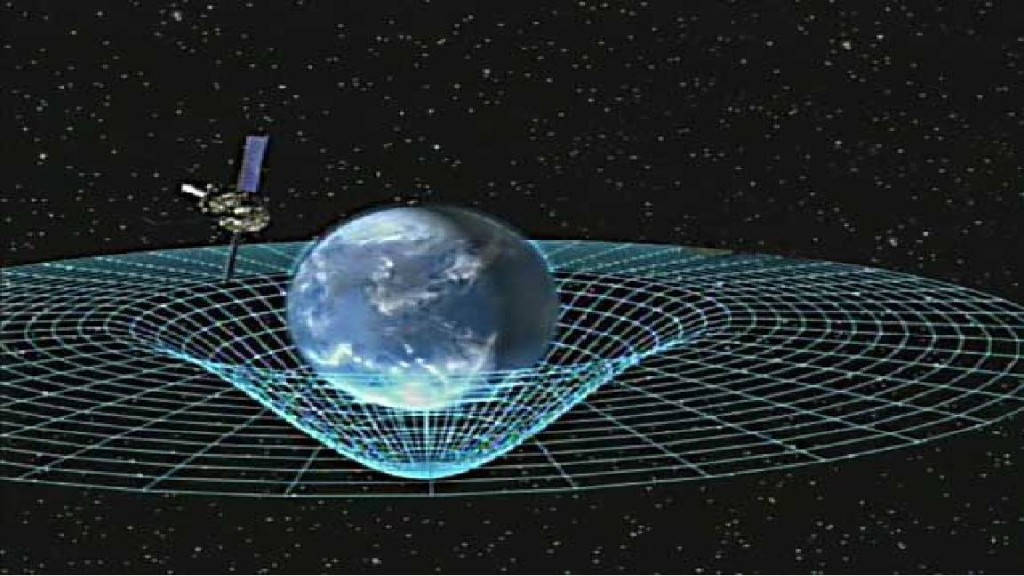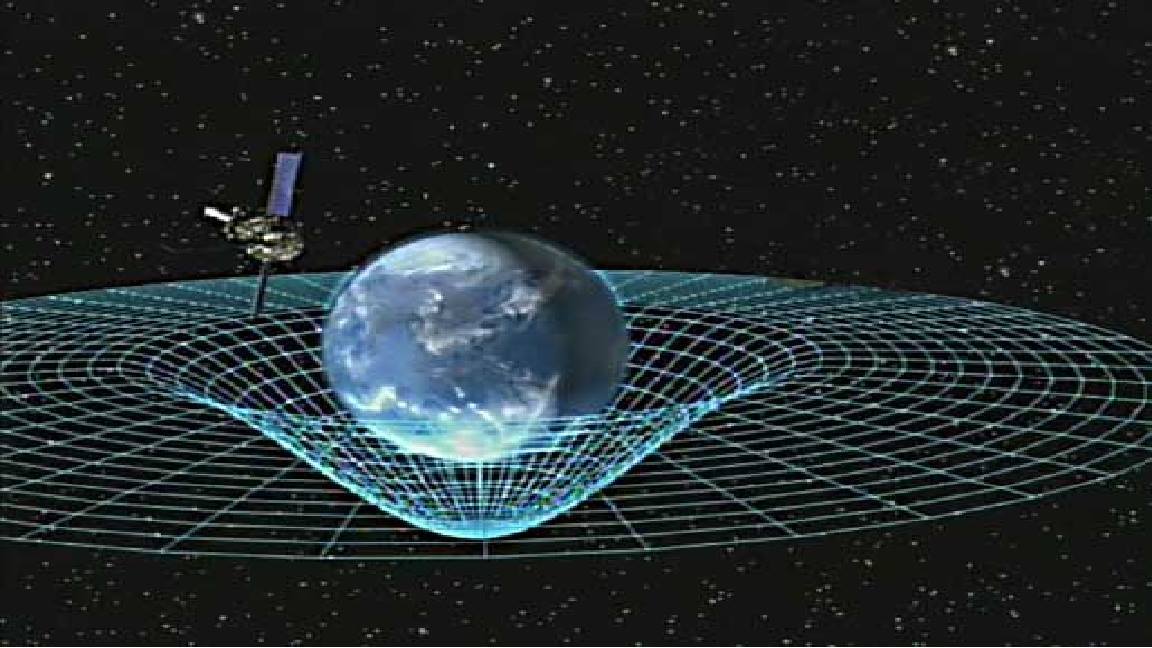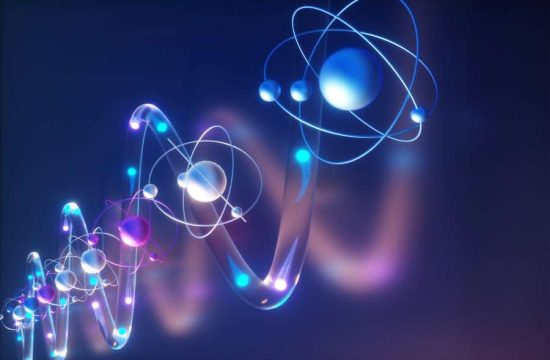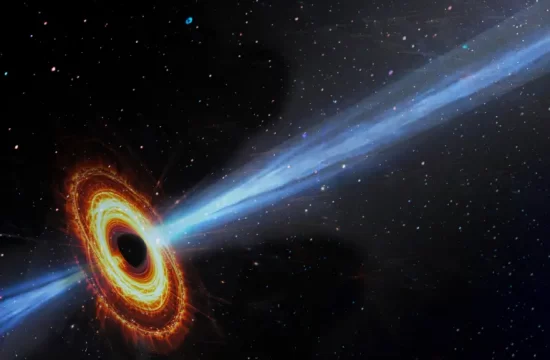The question whether Quantum Theory can be unified with General relativity is still unsolved (such a theory is called a theory of “Quantum gravity”). There are many concurring theories about quantum gravity. One of the theory is String theory. This theory assumes that all elementary particles and its force carriers consists on tiny vibrating strings. These strings (and even membranes) vibrate in an 11-dimensional spacetime. With this model, a unification of all fundamental forces is performed.
Loop Quantum Gravity is another theory of quantum gravity, which proposes that gravity arises from Spin networks, a structure of 4-dimensional spacetime on microscopic scales.

Also approaches to quantum gravity based on discrete geometry are constructed. An example of such an approach is the Causal Dynamical Triangulation theory.
Now an independent researcher, whose name is Patrick Linker has found a new way for quantization of . He uses concepts of semigroup theory and homological algebra. These are very mathematical concepts, but are necessary to build such a theory. He defines a curvature measure on general topological spaces. It might look strange that a simple topological space has a curvature measure; since curvature exists only on differentiable manifolds. But by using the fact that curvature is linked with the loss of exactness in a chain complex (again a mathematical thing), a curvature can also be assigned to a topological space; only the structure of the topological space has influence on the value of the curvature measure. Finally, Patrick Linker rewrites General relativity in terms of this topological curvature. The result of this is that General relativity becomes discrete degree of freedom, not continuous as classical General relativity does. Because this theory is formulated discrete, the path integral has finite values; one can say that the path integral is renormalizable. Some results of this approach of quantum gravity are discussed in another .
This approach predicts that on microscopic length and time scales energy and momentum is not conserved. Nonconservation of energy and momentum is a consequence of Noether’s theorem: Only to a continuous symmetry a quantity is conserved; but since his new approach has inhomogenities in space and time, violations of energy and momentum conservation arise. Another result of this theory is that if gravitational interactions are respected, also additional quantum fluctuations arise. These quantum fluctuations apply on all fundamental particles and force carriers and not only on force carriers as in .
Maybe this new approach called “E-gravity” is useful in further developments of a theory of quantum gravity.









